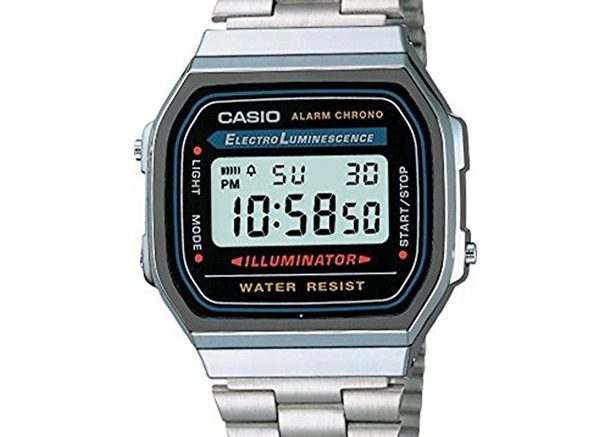Chances are, no one but me remembers that seven years ago I wrote an article called “Is it really time for a smart watch?” in which I argued, it was most definitely not. In that time, we’ve seen a lot of competitors come and go. Some, like Fitbit, seem to ride tides of success and failure over the years. Others, like Samsung’s Galaxy Watch, are perpetual also-rans, sitting out there quietly in the margins while never getting the spotlight.
Predictably, the only player that’s been able to gain success with watches is Apple. Apple famously leverages its ecosystem brilliantly, whether or not their products really are better. Apple has made hay for years with a streaming box that barely outperforms other companies’ cheapest efforts. They’ve rolled out a streaming service that no one seems to actually want, and of course they lost their advantage in design to Samsung years ago. You can even argue that their flagship product, the iPhone, is visually indistinguishable from the one rolled out three years ago.
Where Apple’s really made it work
Yet, Apple has made a go of it with its watch, surprisingly. After several years and three generations of largely unusable, pricey hardware, they finally hit their stride with two groups who really want this technology.
The exercisers
Fitness is a natural use for a smart watch. If you’re exercising, you’ll want to know your heart rate and other important factors. You’ll want to know where you’re going when you’re cycling (a recent addition to the watchOS operating system gives you that). You’ll want to track your progress and know if you’re meeting your goals. For the type A exerciser, Apple’s watch is a dream come true. Its combination of data gathering and monitoring is perfect for this crowd.
The seniors in the audience
Apple has realized something else, too, perhaps reluctantly. The company once thought of as incredibly hip… isn’t. Apple in the 1990s was known as the cool kid, the one who danced in the subway and let people artistically express themselves. Twenty years later they still have that loyal audience, but younger folks increasingly choose Androids for their combination of lower cost and more interesting features.
That leaves a rapidly graying (or already gray) group of Apple lovers. It’s still a huge cohort, though, and Apple has given them a lot of tools that they like. Seniors didn’t take to Apple Watch immediately, because the screen and the print was so small. The screen’s gotten bigger, and so has the print. More importantly, there’s voice integration in more of the watch’s key functions. You don’t have to look at it as much as you used to.
Savvy seniors are using their watches to get more life out of their older iPhones. With the watch costing under $400 in several configurations while iPhones go for more than $600 (sometimes a lot more) it’s a smart move. A new watch can compensate for battery life issues on an older phone by allowing you to keep the phone’s screen off while you communicate.
The boomer crowd likes what Apple’s selling, too. They like that they can look cool and still have a device that knows when they’ve fallen. Apple’s watch has a number of other features that predict health problems as well, and that’s appealing to a generation that cares more about staying out the hospital than running a marathon.
The long-term outlook for the watch
Truth be told, I’m still not super bullish on the future of smart watches. The oldest boomer is 75 now, and the youngest one is 56. More and more of them are moving into a phase of life where expensive gadgets don’t make sense. It may take some time, but that group is going to eventually stop consuming. After the boomers stop buying, marketers will try to sell to the much smaller Generation X, a group that they’ve loved to ignore. Within ten years, the market for a senior-based gadget at $400 just might not be there.
If there is a long-term outlook for the watch, it’s likely to be for a less-expensive device that works with both Android and Apple products very well. You can see some of these out there, they can show you your texts, your incoming calls, and can be used for some voice communication. For the most part they don’t seem well made but at some point someone will figure out how to do it right.
Until then, I’ll stay with my good, digital watch. It may not tell me what the weather is in Buenos Aires, but it has a 10 year battery and it’s never needed an update. Can you say that about anything made today?





